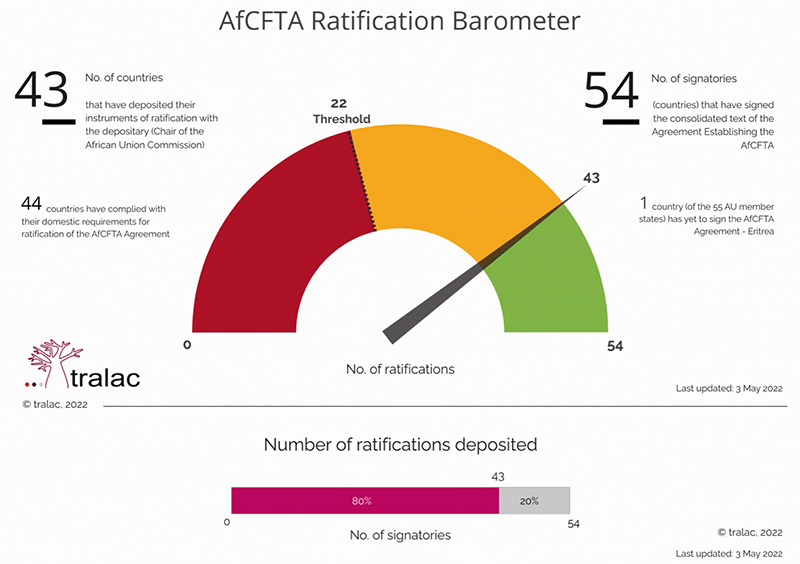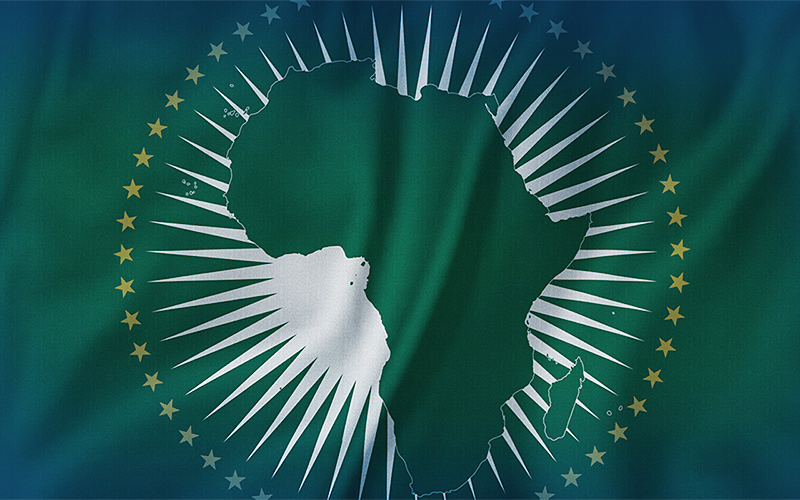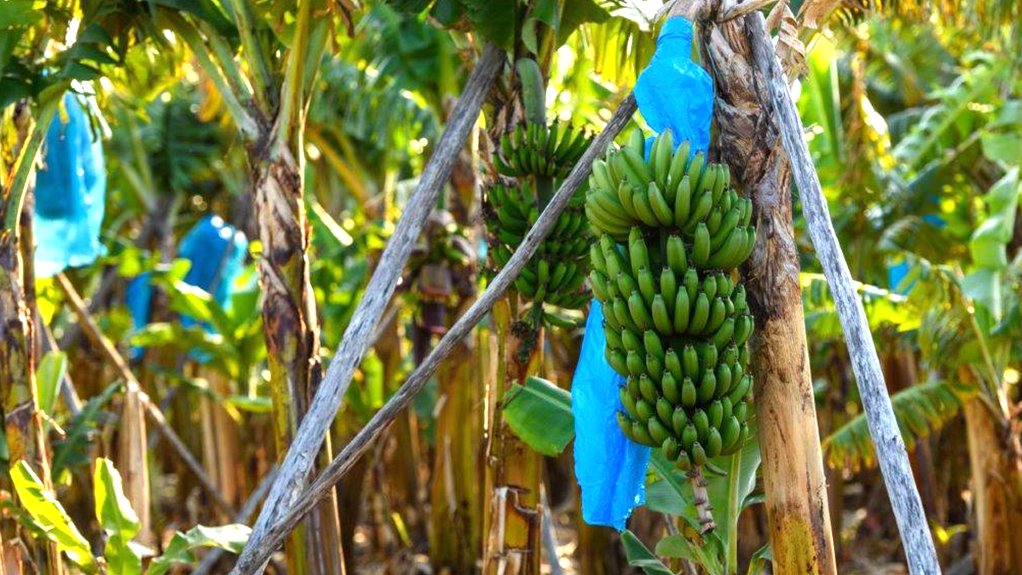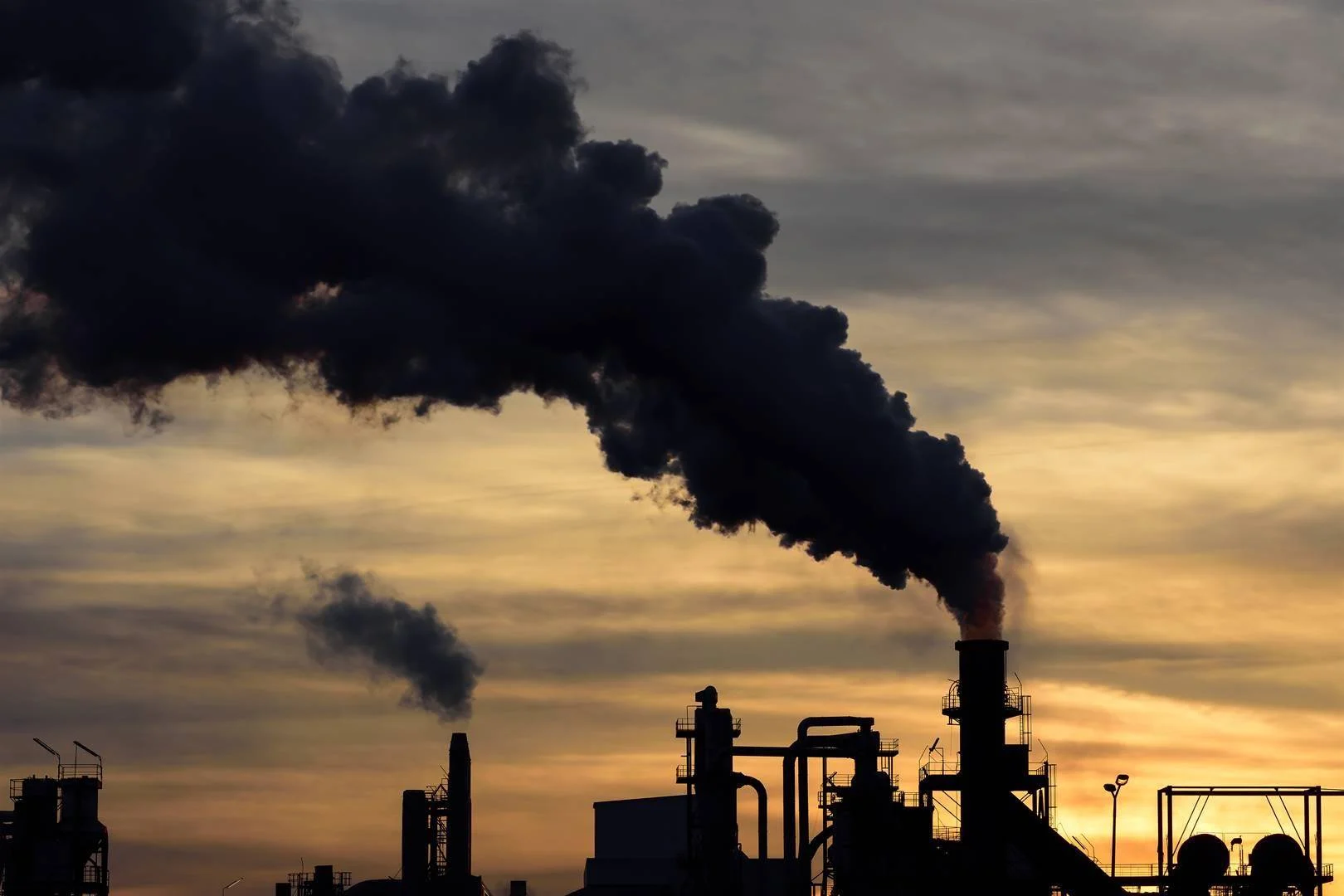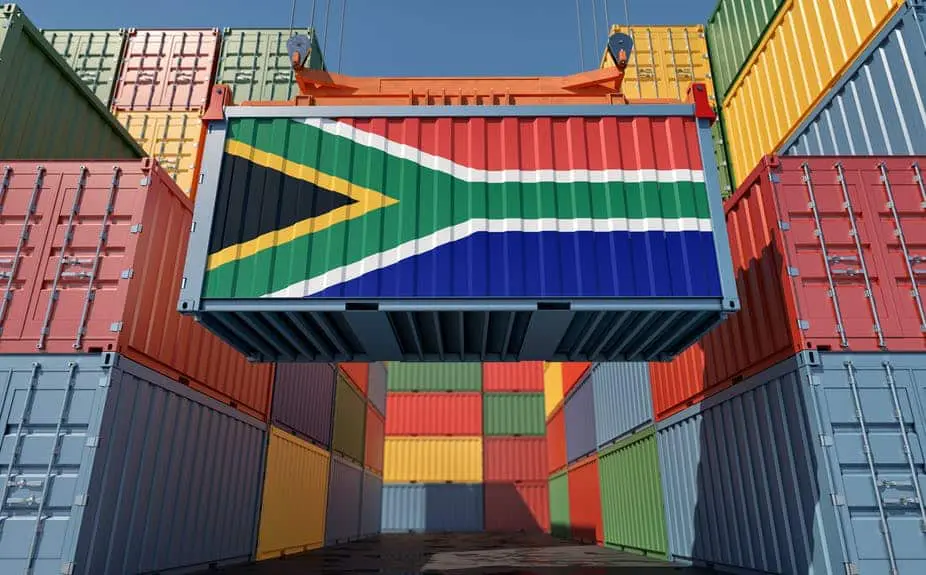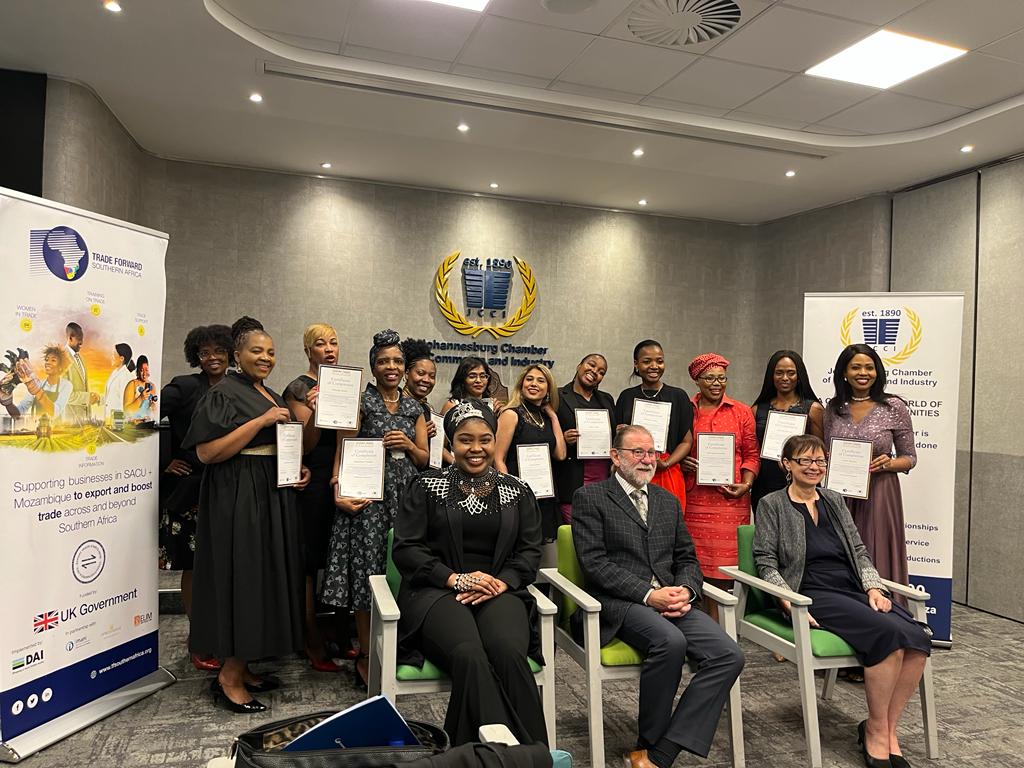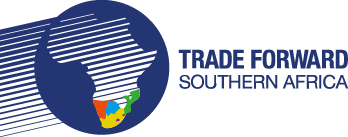With a growth rate of 4.5% in 2021, sub-Saharan Africa’s economy was starting to recover from the worst effects of the COVID-19 pandemic but this progress has been jeopardized.
The war in Ukraine has increased the global prices of key commodities. Most notably, surging oil and food prices are straining the fiscal balances of many countries and have increased food insecurity concerns. Worryingly, 39 million more people fell into extreme poverty in 2020 and 2021, reversing a long-term trend of decreasing poverty.
In this context, sub-Saharan Africa imports about 85% of its wheat, and several countries source a large proportion of these imports directly from Ukraine and Russia. Indeed, lessons learned from the pandemic – related to the supply of personal protective equipment and vaccines – have underscored that the region needs to achieve free but secure trade. Looking ahead, policymakers will need to navigate this uncertainty with fewer policy options.
Key benefits of implementing the AfCFTA
Accelerating the implementation African Continental Free Trade Area (AfCFTA) would provide the region with much-needed stimulus and drive the region’s long-term recovery and growth. Comprising 55 countries with a population of 1.3 billion and combined GDP of about $3.4 trillion, the AfCFTA is the largest free trade area in the world, both by area and by the number of countries. Currently, 54 of the 55 African countries have signed the agreement, and 41 countries have ratified it.
Deeper integration would boost incomes, create jobs, catalyze investments, and facilitate the development of regional supply chains. Intra-African trade remains small compared with the continent’s external trade. In 2020 just 18% of exports were to other African countries, lower than the equivalent shares in North America (30%), Asia (58%) or Europe (68%).
Moreover, the World Bank estimates that, if implemented properly, by 2035 the AfCFTA is set to lift 30 million Africans out of extreme poverty and 68 million from moderate poverty. The same study finds that the AfCFTA has the potential to increase intra-African trade by 81% and boost wages by 10% by 2035.
Importantly, intra-African trade comprises a smaller share of commodities, and a higher share of manufactured goods, than Africa’s trade with the rest of the world. More specifically, primary commodities account for over 70% of inter-African exports; however, the share of manufactured goods in intra-African exports is about 45% with primary commodities accounting for a third. Therefore, intra-Africa trade is less exposed to the volatility of global commodity prices and optimized to effect structural transformation. Accordingly, African policymakers have more agency in shaping a recovery that shifts away from commodity dependency and towards regional integration.
Although the AfCFTA has in theory been operational since January 2021, in practice no trade has occurred under its terms due to pandemic-related delays. However, early this year, signatories agreed to rules of origin for 87.7 % of the tariff lines (the goal to liberalize 90% of tariff lines). This agreement on tariffs should enable trading to begin once the governments have enacted domestic changes to the respective tariffs.
However, even after tariffs are lowered, and simplified procedures put in place, the full benefits of the AfCFTA will not be realized unless non-tariff barriers to trade are also addressed. According to the IMF, removing non-tariff barriers could be up to four times more effective in boosting trade than tariff reductions.
Under the Global Alliance for Trade Facilitation, the World Economic Forum has shown that these restraints can be weakened. Moreover, members of the Regional Action Group for Africa recently published a white paper that explores digital solutions for increasing efficiencies at land borders and ports to realize greater benefits from trade.
How public-private collaborations can help
The work we do at the Forum has never been more important and this year’s Annual Meeting will offer a crucial opportunity to understand and respond to the implications of current global events.
During the meeting, the Forum will convene the Forum Friends of the Africa Continental Free Trade Area: a multistakeholder group that aims to support the implementation of the AfCFTA through public-private collaborations. The multistakeholder group comprises Paul Kagame, President of Rwanda, Office of the President of Rwanda; Wamkele Mene, Secretary-General, African Continental Free Trade Area Secretariat; Patrice Motsepe, Founder and Executive Chairman, African Rainbow Minerals; and Jim Ovia, Chairman, Zenith Bank among others.
The private sector has a crucial role to play in promoting regional integration and cooperation. It understands the constraints facing enterprises and is in a position to act on opportunities created by this pact.
In addition to trade, the private sector can contribute through infrastructure investments. Inadequate infrastructure and connectivity are serious obstacles to the growth of intra-African trade. Poor roads, rail and maritime infrastructure add 30-40% to the costs of goods traded among African countries. The African Development Bank estimates that the continent’s infrastructure needs to amount to $130-170 billion a year, with a financing gap in the range of $68-108 billion.
At a time when the multilateral trading system is under severe strain, Africa must seize the opportunity to boost its recovery and development by implementing the AfCFTA.
The Africa Programme at the Annual Meeting will be centred on how the region can best weather the adverse effects of both the pandemic and the Russia-Ukraine conflict, to advance public-private partnerships to support the implementation of the AfCFTA.
By Chido Munyati, Head of Regional Agenda, Africa, World Economic Forum
Source article: Namibia Economist
